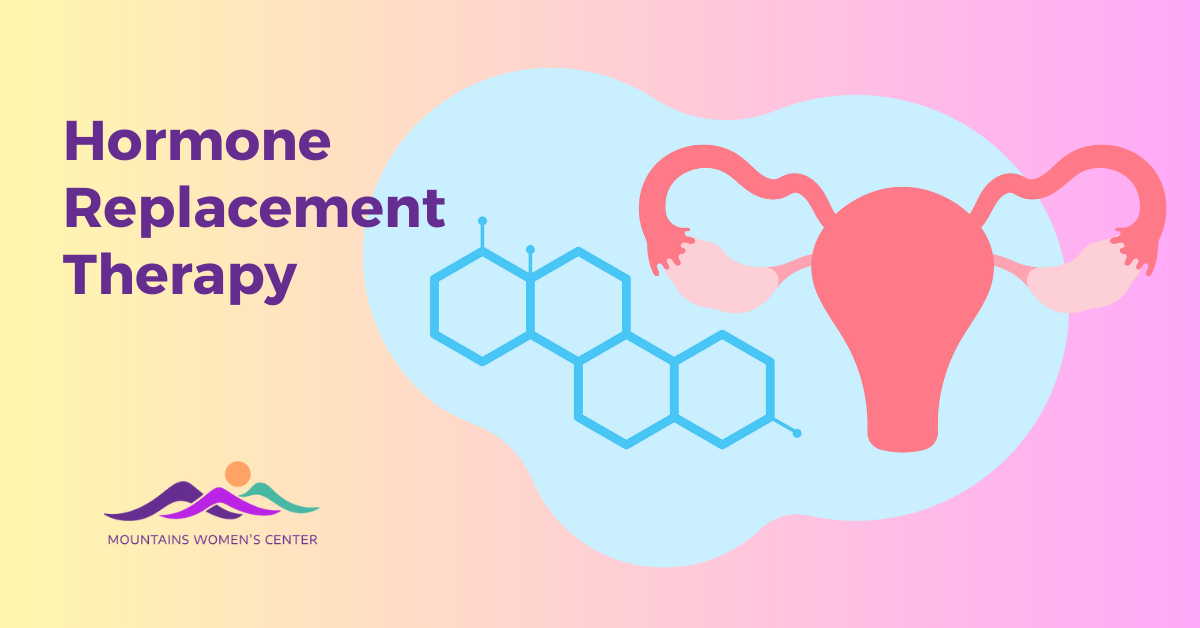Achieving Hormonal Balance during Menopause: The Role of Hormone Replacement Therapy
As women age, they inevitably go through menopause, a natural biological process. Menopause signifies the end of a woman’s reproductive years and typically occurs between the ages of 45 and 55. During this phase, the body undergoes significant hormonal changes, resulting in various symptoms that can have a negative impact on a woman’s quality of life. One way to manage these symptoms is through hormone replacement therapy (HRT), which aims to restore hormonal balance and alleviate the discomfort associated with menopause.
Understanding Hormone Replacement Therapy
What Is Hormone Replacement Therapy?
Hormone replacement therapy, also known as HRT, is a medical treatment that involves taking hormones to replace the ones that the body no longer produces in sufficient quantities during menopause. The most common hormones used in this therapy are estrogen and progesterone.
What Are the Types of Hormone Therapy?
Hormone therapy can be categorized into two main types: estrogen therapy (ET) and estrogen plus progestin therapy (EPT). ET is typically advised for women who have had a hysterectomy, as they no longer have a uterus and therefore do not need progesterone. On the other hand, EPT is recommended for women who still have their uterus, as it combines estrogen and progesterone to safeguard the lining of the uterus.
Benefits and Risks of Hormone Replacement Therapy
Benefits of Hormone Replacement Therapy
HRT offers several benefits for women experiencing menopausal symptoms. One of the most significant benefits is the relief of hot flashes and night sweats, which are notorious for disrupting sleep and causing discomfort. Additionally, hormone therapy can help alleviate vaginal dryness, a common symptom of menopause that can negatively impact a woman’s sex life and overall well-being. Hormone replacement therapy has also been shown to reduce the risk of bone loss and osteoporosis, which are more prevalent in postmenopausal women.
Risks of Hormone Replacement Therapy
Like any medical treatment, HRT comes with potential risks. The use of hormone therapy has been associated with an increased risk of certain health conditions, including breast cancer, blood clots, and endometrial cancer. However, it’s important to note that these risks are relatively low and may vary depending on factors such as age, duration of hormone therapy, and personal medical history. It’s essential for women considering HRT to discuss the potential risks and benefits with their healthcare provider.
Choosing the Right Hormone Replacement Therapy
Is Hormone Replacement Therapy Right for Me?
Deciding whether hormone replacement therapy is right for you depends on several factors. Some women may not experience severe menopausal symptoms and may choose to manage them through lifestyle changes or alternative treatments. However, for women who experience significant symptoms that impact their quality of life, HRT can be a suitable treatment option.
Factors to Consider when Choosing Hormone Replacement Therapy
When considering HRT, it’s crucial to take into account factors such as age, overall health, and personal medical history. For example, women who are within 10 years of menopause onset or who have recently entered menopause are typically considered good candidates for hormone therapy. It’s also important to consider the type of hormone therapy that best suits your needs, whether it’s estrogen therapy alone or a combination of estrogen and progesterone.
Consulting with your Doctor
Choosing the right hormone replacement therapy should always involve consulting with your healthcare provider. They will be able to evaluate your specific situation, assess any potential risks, and help you make an informed decision. Your doctor will take into account your medical history, current symptoms, and overall health to determine whether HRT is a suitable treatment option for you.
Managing Menopause Symptoms with Hormone Replacement Therapy
Common Symptoms of Menopause
Menopause is characterized by a variety of symptoms that can differ in intensity from woman to woman. Among the most frequent symptoms are hot flashes, night sweats, mood swings, vaginal dryness, and decreased libido. These symptoms can have a significant impact on a woman’s physical and emotional health, influencing her daily life and relationships.
How Does Hormone Replacement Therapy Help in Managing Symptoms?
Hormone replacement therapy works by replenishing the body’s hormone levels, which helps alleviate the symptoms associated with menopause. By providing the body with the necessary hormones, HRT can help reduce the frequency and intensity of hot flashes and night sweats. It can also help relieve vaginal dryness, improving sexual comfort and overall quality of life. Additionally, hormone replacement therapy can help prevent bone loss and reduce the risk of osteoporosis, a common concern for postmenopausal women.
Exploring Alternative Options: Bioidentical Hormones
Understanding Bioidentical Hormones
In recent years, there has been growing interest in bioidentical hormones as an alternative to traditional hormone replacement therapy. Derived from plant sources, these hormones are chemically identical to those naturally produced by the body. They are created through a process called compounding, where a healthcare provider customizes hormone treatment based on an individual’s levels and specific needs.
Pros and Cons Advantages:
- More natural and closely mimic the body’s own hormones
- Potential to reduce certain side effects associated with traditional HRT
Important Considerations:
- Safety and effectiveness still being researched
- Long-term studies needed to fully understand benefits and risks.
Considering Hormone Replacement Therapy: What to Expect
Getting Started with Hormone Replacement Therapy
If you and your healthcare provider decide that hormone replacement therapy is the right option for you, the next step is to develop a treatment plan. This plan will include determining the appropriate dosage of hormones, as well as the method of administration (such as pills, patches, creams, or injections). Your doctor will closely monitor your progress and make adjustments as needed.
Monitoring and Adjusting Hormone Dosage
Once you start hormone replacement therapy, it’s important to regularly visit your healthcare provider for check-ups and hormone level monitoring. This allows your doctor to ensure that you’re receiving the right dosage of hormones and make any necessary adjustments. Hormone levels can vary throughout the menopausal transition, so it’s essential to regularly assess the effectiveness of the treatment.
Common Side Effects of Hormone Replacement Therapy
Like any medication, hormone replacement therapy can have side effects. Some common side effects include breast tenderness, mood swings, headache, nausea, and bloating. These side effects are typically temporary and can be managed by adjusting the dosage or method of hormone administration. It’s essential to communicate any concerns or side effects with your healthcare provider, as they can help guide you through the treatment process.
Final Thoughts on Achieving Hormonal Balance during Menopause
Menopause is a natural phase of a woman’s life and can bring about a range of physical and emotional changes. Hormone replacement therapy can be an effective treatment option for managing menopausal symptoms and achieving hormonal balance. However, it’s important to weigh the potential benefits and risks, and to consult with a healthcare provider to determine the most appropriate course of action. Each woman’s experience with menopause is unique, and finding the right treatment approach is essential for achieving optimal health and well-being during this transitional phase.

